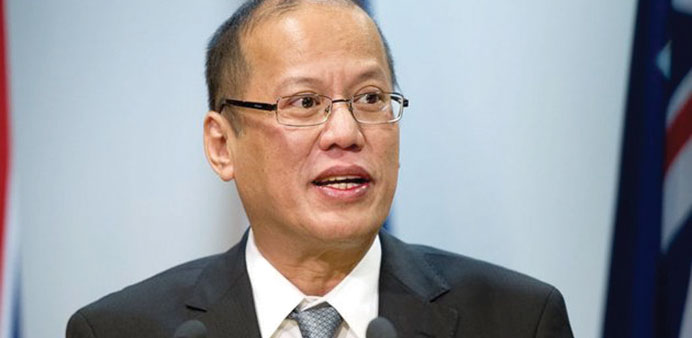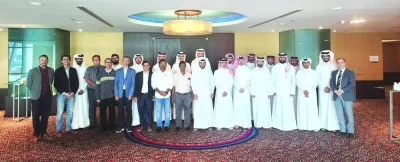Agencies/Manila
President Benigno Aquino has said his administration is “hard at work” to ease traffic congestion in Metro Manila, telling an international tripartite group of business and government leaders and members of the academe that the government has invested much in “critical infrastructure” for transportation.
Speaking at the 23rd General Meeting of the Pacific Economic Co-operation Council (PECC), President Aquino said the country’s infrastructure budget stands at 4% of the gross domestic product (GDP), and “we are determined to increase it to 5% of (the) GDP by 2016.”
“Critical transport infrastructure like seaports, airports, bus terminals and light rail transport continue to be upgraded, while big-ticket projects for transportation systems are in the pipeline. This will not only ensure that the Philippines becomes more competitive, but that the benefits of trade, investment and growth are able to reach even the most far-flung communities of the Philippines,” he said, the Philippine Daily Inquirer reported.
Acknowledging how the traffic congestion has become a bane among commuters and motorists in the nation’s capital, Aquino said “a task force of different agencies is hard at work to alleviate traffic along Metro Manila’s thoroughfares.”
Last week, the president directed the police Highway Patrol Group (HPG) to ensure that traffic rules are enforced in Metro Manila’s main thoroughfares, augmenting the Metro Manila Development Authority (MMDA).
Specifically, he wants traffic jams in six perennial choke points along Edsa untangled.
Communications Secretary Herminio Coloma said in a separate statement that the “severe traffic congestion that was triggered by heavy rains and flash floods clearly showed the inadequacy of existing road and flood-control infrastructure that will take time to be scaled up.”
Coloma was referring to Tuesday night’s “carmaggeddon” where thousands of motorists and commuters were stranded in the roads because of the flash floods triggered by a sudden heavy downpour.
But Coloma said the MMDA “has carried out its responsibilities in terms of flood control and drainage in collaboration with DPWH (Department of Public Works and Highways), which is the lead agency in implementing the 20-year flood-control master plan.”
“Traffic enforcers will also have to work doubly hard to improve their responsiveness such that, if last Tuesday’s situation recurs, normal traffic flow may be restored more expeditiously,” Coloma said.

Aquino: focused on easing congestion


